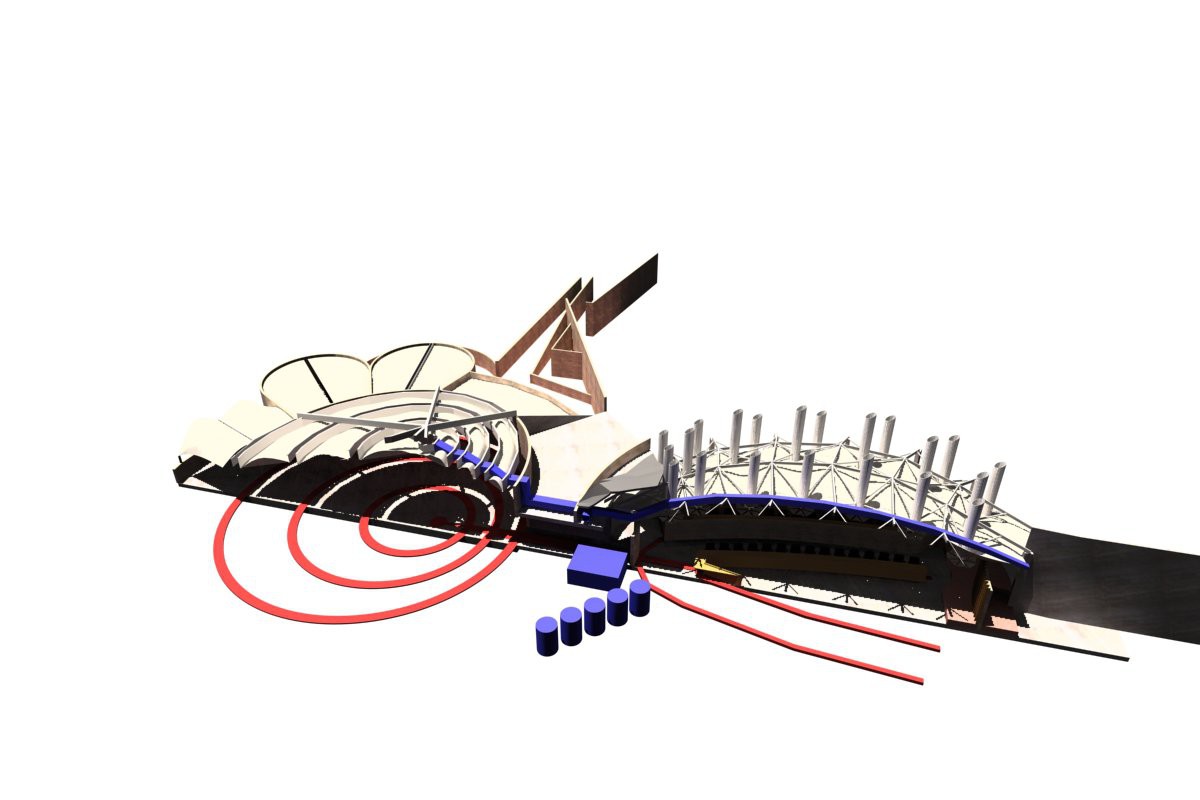When I began this project back in late 2008, I was working with Phase Change Materials (PCMs) as latent heat storage systems with architectural applications. while trying to design a latent heat storage system for solar energy, I destroyed my first prototype storage system when the PCM expanded. I had designed the container to have the exact volume of the frozen PCM, and spent a good week scratching my head after the container failure. In retrospect, I am actually kind of surprised that I came up with the idea of creating a hydraulic mechanism over simply enclosing the PCM with a compressible gas; either way, I discovered Wax Thermostats after this revelation. By combining a latent heat storage system with a usable hydraulic cylinder, I was able to come up with an interesting final thesis project.

My initial designs were for environmental control systems that would allow buildings to both respond to their environment, as well as store thermal energy. I went a bit off the deep end trying to come up with boolean logic thermal actuators, and otherwise trying to find the limits of the technology. After graduation, I attempted to write a patent for the system, but failed to articulate the limits of the system before the "one year after public exhibition" deadline prevented me from patenting the invention. I burnt myself out on the project, and threw my endeavors into digital fabrication and open source entrepreneurial endeavors.

In the passing years this project has haunted many hours of speculation. I have sketchbooks filled with drawings of skyscrapers that radically change forms with the seasons, walls that prevent conduction when the thermal batteries are full, and rivers that are pumped uphill by daily temperature oscillations. Before these designs can be taken much further, some pretty basic research needs to be done on optimizing the design - hence entering the project in the hackaday prize. I hope that by publishing this project openly on the web, others may explore this simple concept further.
 Andrew Benson
Andrew Benson
Discussions
Become a Hackaday.io Member
Create an account to leave a comment. Already have an account? Log In.